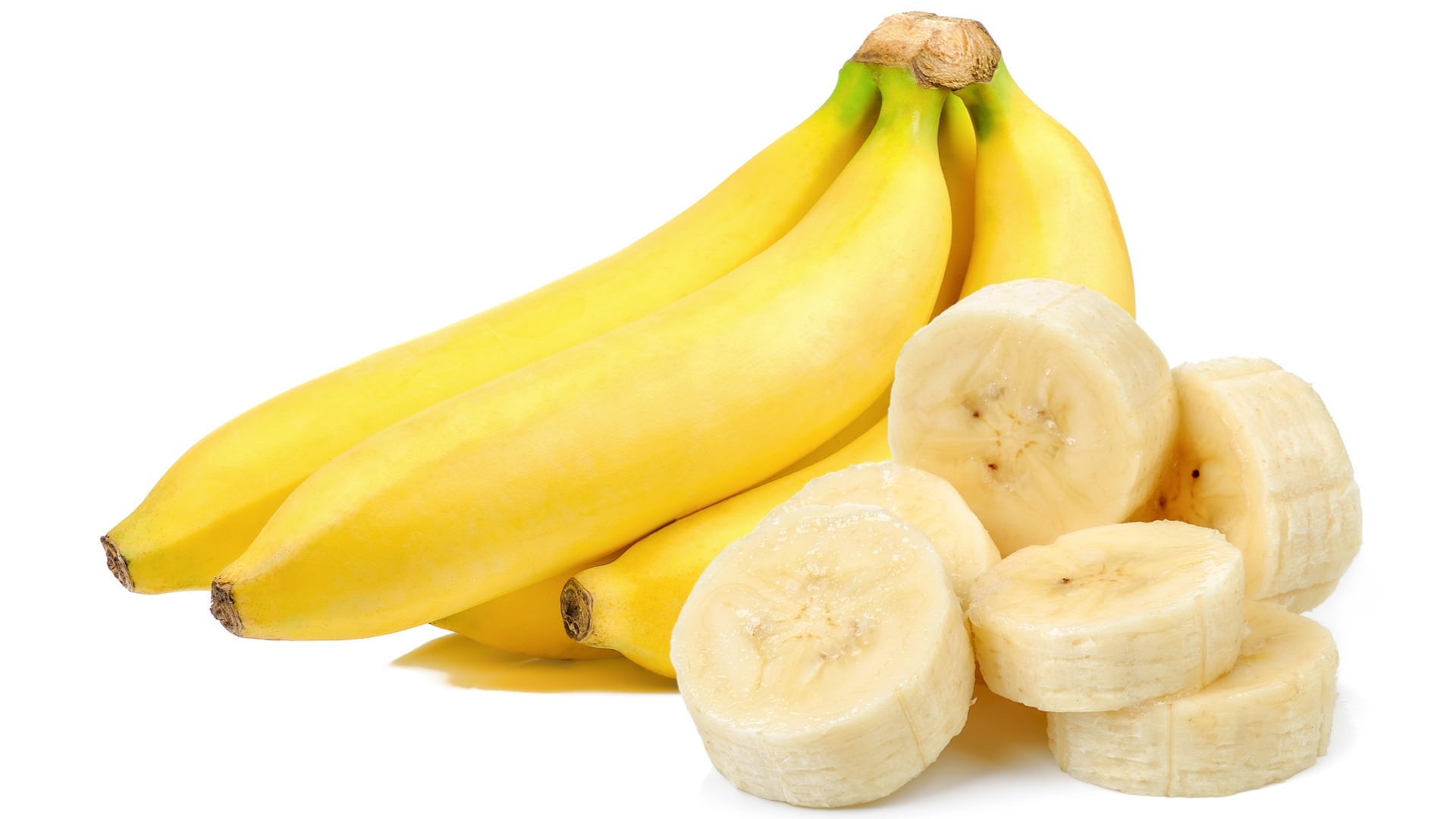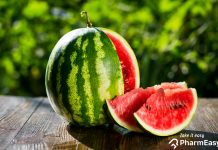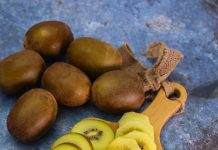Is Banana a Fruit? A Deep Dive into the Botanical and Culinary Identity
The age-old debate surrounding whether a banana is a fruit may seem trivial, but it’s more complex than you might think. In this article, we’ll peel back the layers of this culinary and botanical conundrum to unearth the truth about bananas and their classification.
When it comes to understanding the essence of bananas, the lines between botany and the culinary world can become somewhat blurred. To truly comprehend whether bananas fit the bill as fruits, we need to explore both perspectives. So, why does it matter whether a banana is a fruit or not? Well, it impacts our understanding of the plant kingdom, our kitchens, and even our dietary choices. Let’s embark on this journey to uncover the banana’s true identity.

Understanding Botanical Definitions
To determine whether a banana is a fruit, we must first delve into the realm of botanical definitions. Botanists have a strict set of criteria for classifying fruits, and bananas appear to meet those criteria. Botanical fruits develop from the ovaries of flowering plants and contain seeds. Sounds straightforward, right? However, the term “fruit” encompasses more than just what we pick up at the grocery store. It’s a botanical distinction that shapes our understanding of the plant world.
So, by botanical standards, bananas do qualify as fruits. They form from the ovaries of banana flowers and contain tiny black specks—seeds—that are often overlooked. Bananas may not fit our typical image of a juicy, seed-laden fruit, but they certainly align with the botanical definition.
Bananas: A Berry or Fruit?
Now that we’ve touched on the botanical perspective, let’s tackle a fascinating aspect: Are bananas berries? Yes, you read that correctly. Bananas are classified as berries in botanical terms. This revelation may come as a surprise to those accustomed to thinking of berries as small, round, and bursting with seeds. However, the botanical definition of a berry encompasses a broader range of characteristics.
To be considered a berry, a fruit must develop from a single ovary, have seeds embedded within it, and exhibit a fleshy outer layer. When we examine bananas through this botanical lens, they check all the boxes. Bananas indeed develop from a single ovary, contain seeds (though they are small and inconspicuous), and have a fleshy, edible exterior. So, according to botanical criteria, bananas fit the bill as berries.
Banana in Culinary Terms
While botanists may consider bananas as fruits, culinary experts have their take on this matter. In the world of cooking and gastronomy, the classification of fruits differs from botanical standards. Chefs categorize fruits based on taste, usage, and culinary properties, leading to a diverse range of definitions.
In culinary terms, bananas often fall into the category of “dessert fruits.” They are prized for their natural sweetness, creamy texture, and versatility in various culinary creations. From banana bread and smoothies to banana splits and flambeed desserts, bananas play a crucial role in the kitchen. So, while botanists may label them as fruits, in the culinary world, bananas are much more than that.
Historical Perspective
To truly grasp the significance of bananas and their classification, it’s essential to journey back in time and explore their historical roots. Bananas have a rich history dating back thousands of years, and their cultural significance is undeniable.
Bananas are believed to have originated in Southeast Asia and have been cultivated for millennia. They were treasured by ancient civilizations, from the Mayans to the Egyptians, for their nutritional value and portability. Over time, bananas made their way across continents, becoming a global phenomenon.
In different cultures, bananas have been associated with symbolism, rituals, and even deities. Their historical importance as a staple food and their role in trade and exploration have left an indelible mark on our understanding of these fruits.
Banana Varieties
Bananas are not a one-size-fits-all fruit; they come in various shapes, sizes, and flavors. Exploring the diversity of banana varieties is essential to understanding the nuances of their classification.
Some of the most common banana types include the Cavendish, Lady Finger, and Plantain bananas. Each variety has its unique flavor profile and culinary applications. For instance, Cavendish bananas are the classic yellow fruit often eaten fresh, while Plantains are starchier and primarily used for cooking savory dishes.
By examining these varieties and their specific uses, we gain a deeper appreciation for the multifaceted world of bananas and how they contribute to both our palates and culinary traditions.
Health Benefits of Bananas
Beyond their classification, it’s crucial to recognize the nutritional value and health benefits that bananas offer. Bananas are more than just a convenient snack; they’re a nutritional powerhouse.
Bananas are rich in essential nutrients like potassium, fiber, and vitamins. They are known for promoting heart health, aiding digestion, and providing a quick source of energy. Whether enjoyed as a pre-workout snack or blended into a nutritious smoothie, bananas can be a valuable addition to a balanced diet.
Their versatility extends to various dietary preferences, including vegan, gluten-free, and paleo diets. Understanding the health benefits of bananas can help individuals make informed choices when incorporating them into their meals and snacks.
Common Misconceptions
In the journey to determine whether a banana is a fruit, it’s important to address common misconceptions that often lead to confusion. Myths and misunderstandings surrounding bananas can cloud our judgment.
One prevalent misconception is that bananas are purely starchy and not technically fruits. This myth can be debunked by referring to both botanical and culinary definitions, which confirm that bananas are indeed fruits, albeit with unique characteristics.
By addressing these misconceptions and presenting facts, we aim to provide clarity on the true nature of bananas and their place in the world of fruits.
Bananas in Popular Culture
Bananas have not only left their mark in the botanical and culinary spheres but also popular culture. They’ve made memorable appearances in various forms of media, leaving an indelible impression on audiences.
From classic comedy sketches involving slipping on banana peels to iconic moments in movies and TV shows, bananas have been both a source of humor and symbolism. Their presence in advertising, music, and literature further highlights their cultural significance.
Exploring these instances of banana-related pop culture can provide a deeper appreciation for the fruit’s impact on our daily lives.
Frequently Asked Questions (FAQs)
1. Q: Is a banana considered a fruit or a berry?
A: Botanically speaking, a banana is classified as a berry, but this classification may differ in culinary terms.
2. Q: Why are bananas considered berries in botanical terms?
A: Bananas are considered berries because they meet the botanical criteria of developing from a single ovary and having seeds inside, even though the seeds are small.
3. Q: Do bananas contain seeds that we eat?
A: Bananas do have seeds, but they are tiny and not typically consumed in cultivated varieties found in grocery stores.
4. Q: Can you explain the difference between botanical and culinary classifications of fruits?
A: Botanical classifications are based on strict criteria involving plant anatomy, while culinary classifications are more focused on taste, usage, and culinary properties.
5. Q: Are bananas technically berries like strawberries and blueberries?
A: Yes, bananas share the botanical classification of “berry” with strawberries and blueberries, but they differ significantly in appearance and taste.
6. Q: How do different banana varieties vary in taste and usage?
A: Various banana types, such as Cavendish, Lady Finger, and Plantains, differ in flavor and are used for various culinary purposes.
7. Q: What are the health benefits of consuming bananas?
A: Bananas are rich in potassium, fiber, and essential vitamins. They promote heart health, aid digestion, and provide a quick energy boost.
8. Q: Can bananas be a part of specialized diets like vegan or gluten-free diets?
A: Yes, bananas are versatile and can be incorporated into a variety of dietary preferences, including vegan, gluten-free, and paleo diets.
9. Q: Why is it important to understand whether a banana is a fruit or not?
A: Understanding the classification of bananas helps us appreciate their botanical significance, culinary versatility, and cultural importance.
10. Q: Are there any famous banana-related moments in pop culture?
A: Bananas have made iconic appearances in comedy sketches, movies, and TV shows, and have been used symbolically in various forms of media, leaving a lasting impression on popular culture.
Conclusion:
In closing, our exploration into whether a banana is a fruit has taken us on a journey through the realms of botany, culinary arts, history, and culture. By examining both botanical and culinary definitions, we can confidently affirm that bananas are indeed fruits, meeting the criteria set by botanists.




